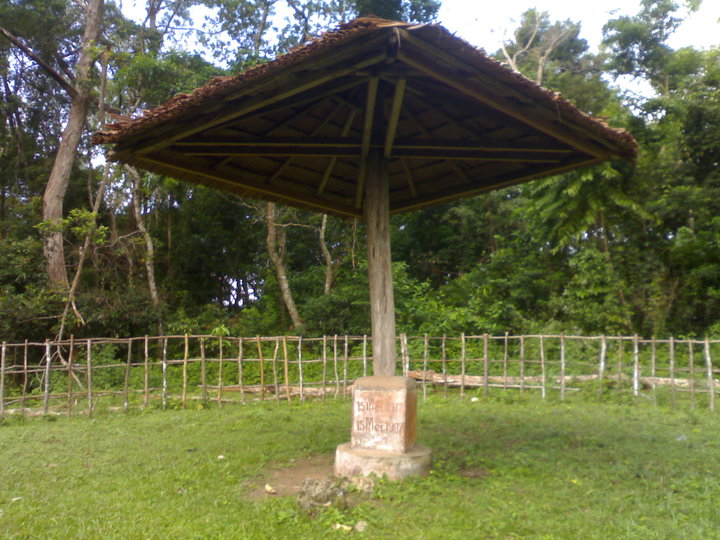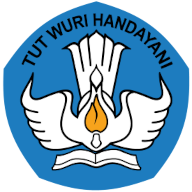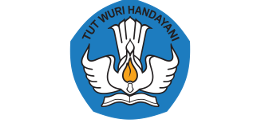
Mengenal sejarah perjuangan Pahlawan Nasional Kapitan Pattimura atau Thomas Matulessy tak terlepas dari kisah di Pulau Saparua. Salah satunya di Gunung Saniri, Negeri Tuhaha, Kecamatan Saparua Timur, Kabupaten Maluku Tengah. Puncak Gunung Saniri merupakan tempat pertemuan rahasia Matulessy bersama para Kapitan sebelum melawan penjajah Belanda.Berdasarkan catatan sejarah, Matulessy bersama Raja-raja, Kapitan dari Pulau Ambon, Seram, Saparua, Haruku dan Nusalaut berkumpul dan menyusun strategi penyerangan mengusir Belanda. Dalam pertemuan itu juga, Thomas Matulessy diberi gelar Kapitan atau panglima perang dengan gelar Pattimura pada 14 Mei 1817. Tempat rahasia ini strategis lantaran berada di atas Gunung dan tertutup rimbunan pohon namun dapat memantau pergerakan Belanda secara diam-diam yang saat itu berkedudukan di Benteng Duurstede, Saparua.
Setiap tanggal 15 Mei, masyarakat Indonesia terkhususnya Maluku merayakan Hari Pattimura. Perayaan ini diawali dengan pembakaran obor Pattimura di Gunung Saniri sehari sebelumnya, yakni 14 Mei. Penyalaan api dilakukan di tempat musyawarah dengan menggesek bilah bambu hingga menghasilkan api untuk menyalakan obor Pattimura.Pembakaran obor secara alami ini menurut orang tua-tua berfungsi untuk membakar semangat perjuangan Pattimura. Pembakaran obor yang telah berlangsung ratusan tahun ini pun hanya bisa dibakar oleh anak Adat Negeri Tuhaha.
Pada upacara pembakaran obor, para raja dan kepala adat mengenakan pakaian tradisional yang didominasi warna merah dan hitam. Begitu pula sebagian besar masyarakat Pulau Saparua. Ratusan peserta upacara juga membawa parang panjang terhunus, tombak sambil cakalele dan berteriak teriak diiringi tabuhan tifa dan bunyi -bunyi tahuri (alat musik dari kulit kerang) yang bersahut-sahutan.
In English:
Knowing the history of the struggle of National Hero Kapitan Pattimura or Thomas Matulessy cannot be separated from the story on Saparua Island. One of them is on Mount Saniri, Negeri Tuhaha, East Saparua District, Central Maluku Regency. Based on historical records, Matulessy, the Kings, Kapitan from Ambon, Seram, Saparua, Haruku, and Nusalaut Islands gathered and strategized the attack to expel the Dutch. During the meeting, Thomas Matulessy was given the title Kapitan or warlord with the title Pattimura on May 14, 1817. This secret place is strategic because it is on top of the mountain and covered with trees, but it can monitor the movement of the Dutch secretly, who were then based at Fort Duurstede, Saparua.
Every May 15, the people of Indonesia, especially Maluku, celebrate Pattimura Day. This celebration begins with the burning of Pattimura’s torch on Mount Saniri the day before, May 14. The fire ignition is carried out at the place of deliberation by swiping bamboo slats to produce fire to light Pattimura’s torch. According to the elders, this natural burning of the torch serves to burn the spirit of Pattimura’s struggle. The torch-burning ceremony, which has been going on for hundreds of years, can only be burned by the customary children of Negeri Tuhaha.
At the torch-burning ceremony, the kings and customary chiefs wear traditional clothes dominated by red and black colors. So did most of the Saparua Island community. Hundreds of ceremony participants also carried long unsheathed machetes and spears while cakalele and shouting shouted accompanied by tifa beats and the sound of tahuri (musical instruments made from seashells) that muttered.




